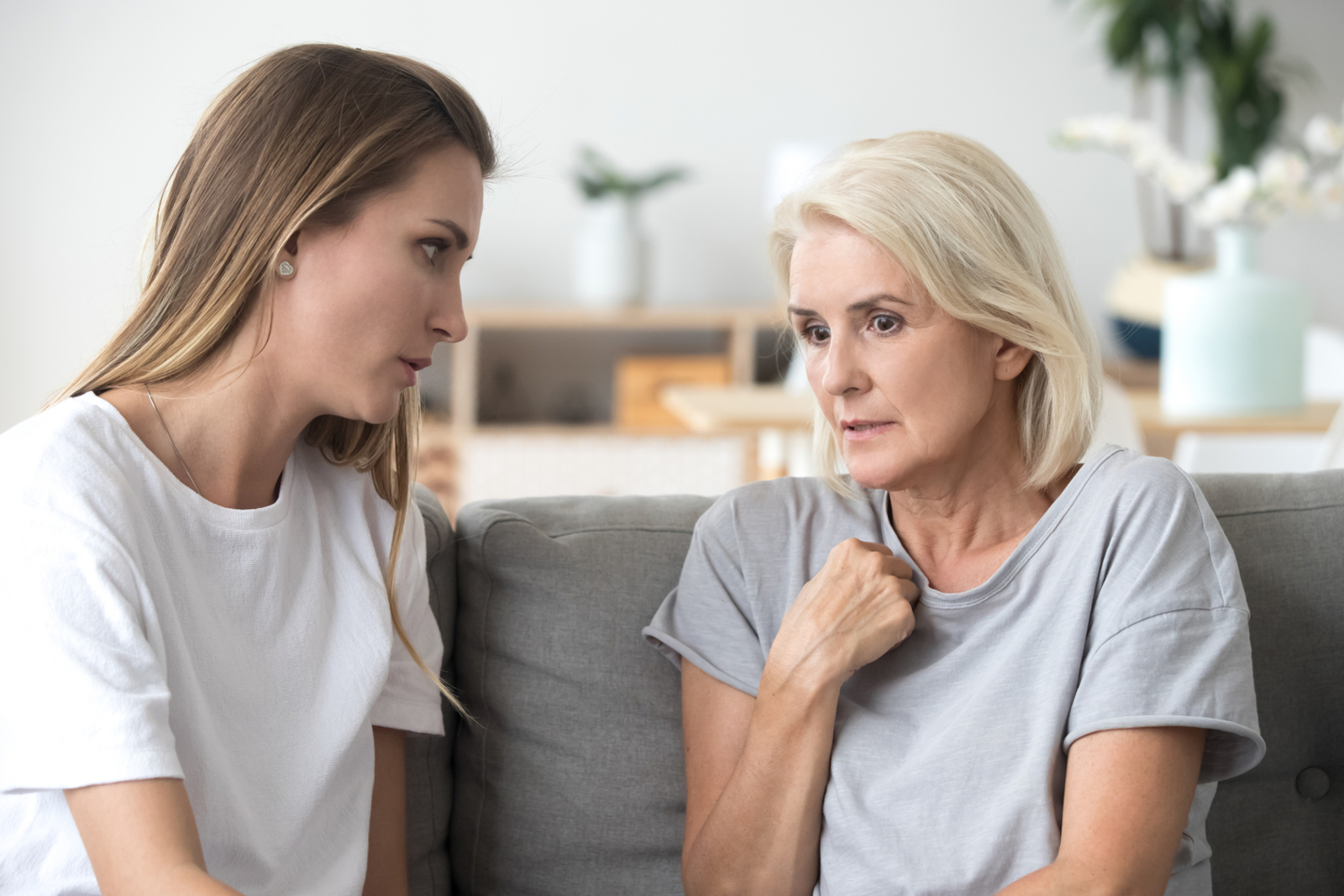
10 Signs and Symptoms of Endometriosis
Treatment Options Available
Endometriosis is a medical condition that affects millions of women worldwide. This disease occurs when tissue similar to the lining of the uterus grows outside the uterus, causing a variety of symptoms and complications. The best pain relief for endometriosis often involves a combination of endometriosis drugs, lifestyle changes, and sometimes surgery. If you’re wondering whether you might have this condition, here are ten signs and symptoms to look out for.
1. Severe menstrual cramps
One of the most common symptoms of endometriosis is severe menstrual cramps. These aren’t your typical period pains; they’re often so severe that they interfere with daily activities.
2. Heavy periods
Another sign of endometriosis is having heavy periods. This might mean soaking through pads or tampons every few hours or having a period that lasts longer than seven days.
3. Pain during intercourse
Pain during or after sex is another symptom of endometriosis. This can range from mild discomfort to severe pain.
4. Infertility
Many women with endometriosis have difficulty getting pregnant. In fact, some women don’t realize they have the condition until they seek help for infertility.
5. Painful bowel movements or urination
If you have endometriosis, you might experience pain during bowel movements or urination, especially during your period.
6. Chronic lower back and pelvic pain
Chronic lower back and pelvic pain that doesn’t go away can also be a sign of endometriosis.
7. Fatigue
Many women with endometriosis experience chronic fatigue, regardless of how much they sleep.
8. Digestive problems
Endometriosis can cause a variety of digestive problems, including diarrhea, constipation, bloating, and nausea.
9. Bleeding or spotting between periods
If you’re experiencing bleeding or spotting between periods, this could be a sign of endometriosis.
10. Pain with exercise
Pain during or after exercise, particularly in the pelvic area, can be another symptom of endometriosis.
If you’re experiencing any of these symptoms, it’s important to talk to your doctor. There are several treatment options available for endometriosis, including hormonal therapy, pain medication, and surgery. The best pain relief for endometriosis will depend on your specific symptoms and overall health.
Remember, you don’t have to suffer in silence. Help is available, and with the right treatment, you can manage your symptoms and lead a healthy, fulfilling life.


